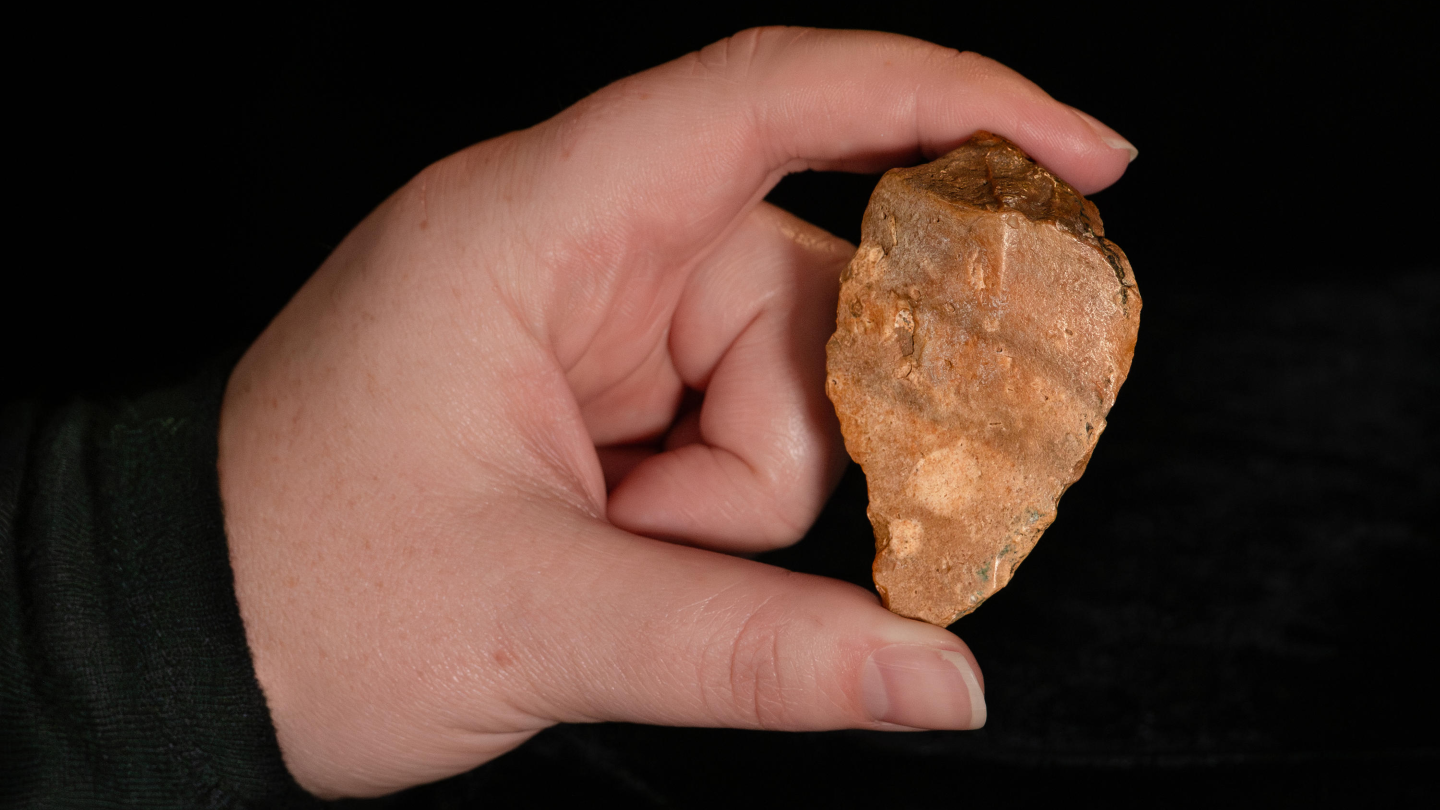Quick Summary
- 1.5 million-year-old stone tools have been discovered in Indonesia, specifically on the island of Sulawesi, which predates the existence of our species.
- The tools were found to be simple, sharp-edged flakes of stone, made using a percussion flaking technique, and were dated to between 1.04 million and 1.48 million years ago.
- The discovery suggests that Sulawesi was occupied by an unknown human relative before our species evolved, potentially linking to the ancestors of “hobbit”-size human relatives found on other islands.
- The researchers are unsure which species made the tools, but the date range suggests it could be Homo erectus or a species similar to Homo floresiensis.
- The discovery sheds new light on human evolution in the region and highlights the need for further research to uncover the identity of the tool-makers.
📘 Structured Analysis
- Headline Assessment: The headline is accurate and consistent with the study’s findings, highlighting the significance of the discovery and its implications for human evolution.
- Key Discovery or Claim: The main scientific finding is the discovery of 1.5 million-year-old stone tools on Sulawesi, which pushes back the known occupation of the island by human relatives.
- Who Did the Research: The research was conducted by a team of researchers, including Adam Brumm, professor of archaeology at Griffith University in Australia.
- How the Research Was Done: The study involved excavations between 2019 and 2022, during which seven stone artifacts were discovered at Calio, a locality on Sulawesi. The artifacts were analyzed using a combination of dating methods, including percussion flaking technique.
- Where It Was Published: The study was published in the journal Nature, which is a peer-reviewed publication.
- Data & Evidence: The data supporting the claim includes the discovery of seven stone artifacts, which were dated to between 1.04 million and 1.48 million years ago using a combination of dating methods.
- Limitations or Caveats: The researchers acknowledge that the lack of fossil evidence on Sulawesi makes it difficult to assign a specific hominin species to the tool-makers.
- Independent Expert Input: No independent expert input is mentioned in the article.
- Impact or Relevance: The discovery has significant implications for our understanding of human evolution in the region, suggesting that Sulawesi was occupied by an unknown human relative before our species evolved.
- Red Flags (if any): None are apparent, as the study appears to be well-conducted and the findings are presented in a clear and nuanced manner.
📌 Quick Summary (3–5 bullet points)
- 1.5 million-year-old stone tools have been discovered in Indonesia, specifically on the island of Sulawesi.
- The tools were found to be simple, sharp-edged flakes of stone, made using a percussion flaking technique.
- The discovery suggests that Sulawesi was occupied by an unknown human relative before our species evolved.
- The researchers are unsure which species made the tools, but the date range suggests it could be Homo erectus or a species similar to Homo floresiensis.
- The discovery sheds new light on human evolution in the region and highlights the need for further research to uncover the identity of the tool-makers.
